
Choosing the right control and relay panel in substation systems is critical to ensuring operational safety, reliability, and long-term performance. These panels serve as the brain of substation automation, enabling fault detection, protection, and remote control of electrical equipment.
Whether you're working with a 33kV control relay panel or managing complex substations with 132 kV or 220 kV setups, making the right decision starts with understanding the specific functions and configurations needed for your power infrastructure.
Here are five essential ways to choose the best Control and Relay Panel (CRP) for your substation.
1. Identify Voltage Requirements and System Configuration
The first and most fundamental step is understanding the voltage level your substation operates on. Different voltage classes require different types of panels:
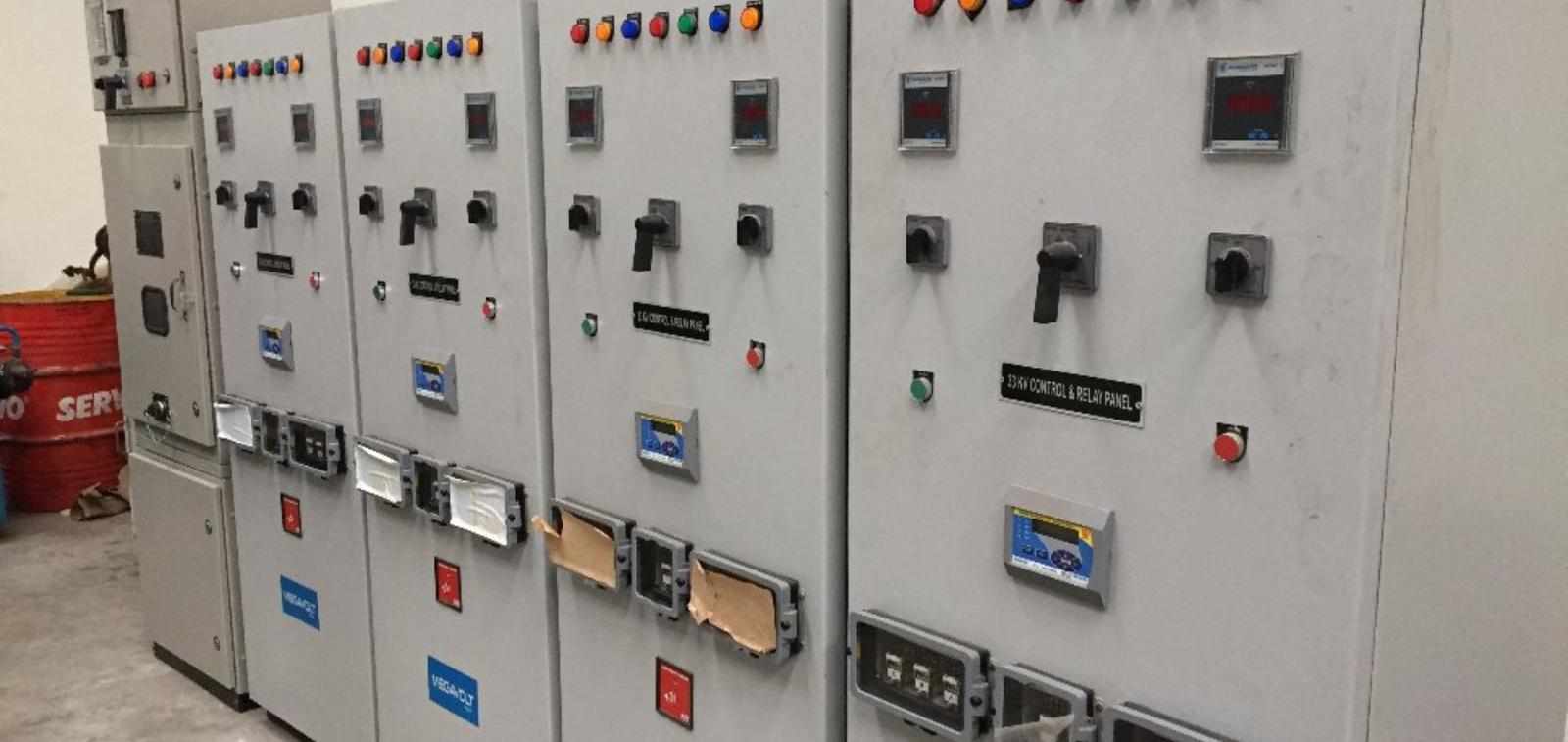
33kV Control Relay Panels are commonly used in industrial, commercial, and smaller utility substations.
132 kV and 220 kV Control Relay Panels are used in high-voltage transmission and grid substations.
Each voltage level requires specific protection schemes, CT/PT ratios, and relay types. Make sure the control and relay panel you select complies with voltage standards and matches your overall system configuration—whether single-bus, double-bus, or mesh.
For example, Hartek Group provides a wide range of control and relay panels customized to suit 33kV, 132kV, and 220kV substations, ensuring you don’t compromise on compatibility or safety.
2. Prioritize Reliability and Protection Features
A high-quality control and relay panel in substation operations must offer intelligent protection against electrical faults. Key protective features to look for include:
Overcurrent and earth fault relays
Differential protection
Distance protection for transmission lines
Breaker failure protection
Auto reclose functions
SCADA and remote-control readiness
The panel should be designed with robust relays, well-laid-out wiring, and high-quality components that support fast fault detection and isolation. Opting for panels that have been tested to withstand harsh environments and ensure minimal downtime is crucial.
Hartek Group’s CRPs are known for their reliable protection systems that comply with the latest industry standards, helping utilities and industries avoid prolonged outages and equipment damage.
3. Ensure Scalability and Future-Proof Design
Power systems are constantly evolving, so scalability is a critical factor when selecting a control and relay panel. Choose a panel that can support:
Integration with SCADA and IEC 61850 protocols
Additional feeder bays or line additions in the future
Smart grid compatibility and future digital substation upgrades
Substations, especially those dealing with 132 kV or 220 kV, often expand to meet increasing load demand. Installing a modular panel with enough space and flexibility will save you significant costs and time in the future.
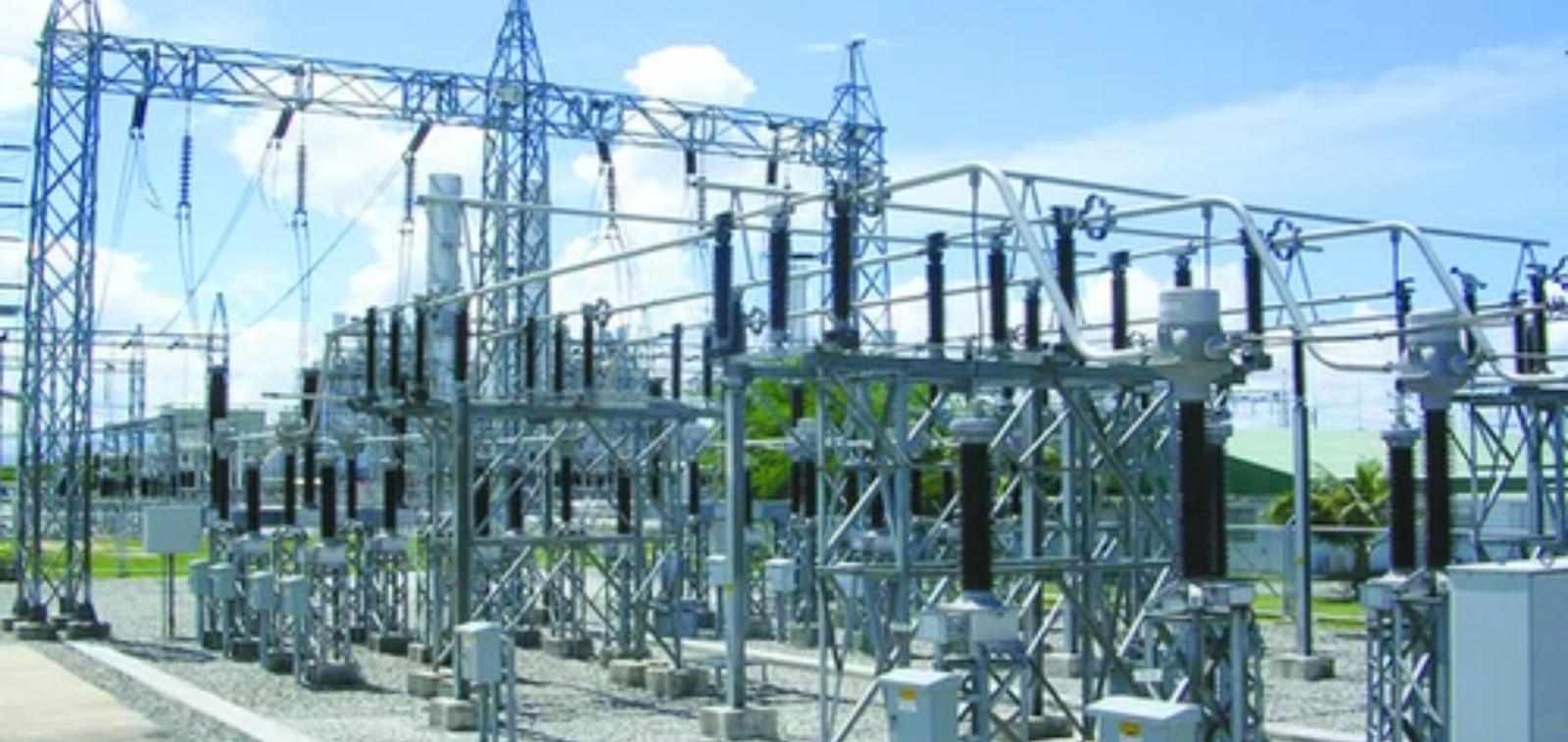
A future-ready CRP also simplifies upgrades and routine maintenance, reducing operational disruption.
4. Assess Panel Quality, Compliance, and Certifications
When choosing a control and relay panel, quality assurance and certifications play a vital role. Always look for:
Type-tested panels as per IEC/IS standards
Panels tested for dielectric strength, insulation, and temperature rise
Panels with ISO-certified manufacturing processes
Panels with complete documentation and test certificates
A panel that is not properly tested can lead to serious faults in the field. You should also inspect the build quality, enclosure material, ease of access to terminals, and safety interlocks.
Leading manufacturers like Hartek Group adhere to stringent testing norms and provide complete technical documentation, ensuring panels meet operational and regulatory requirements.
5. Evaluate the Manufacturer’s Support & Customization Options
The final, and perhaps most overlooked, aspect is the level of post-sales support and customization offered by the supplier. No two substations are exactly the same, so your control and relay panel should be tailored to your operational needs.
When evaluating panel suppliers, ask:
Can they customize the panel as per your single line diagram (SLD)?
Do they provide field support and commissioning services?
What’s their turnaround time for service or replacement parts?
Do they offer remote diagnostic capabilities?
Choosing a manufacturer with a strong engineering background, responsive customer support, and the ability to offer turnkey solutions is a long-term advantage.
Conclusion: Make an Informed Choice for Substation Reliability
Investing in the right control and relay panel in substation systems is not just about the hardware—it's about ensuring system protection, reliability, and scalability. By focusing on voltage compatibility, protection features, scalability, certifications, and reliable support, you’ll be better equipped to manage safe and efficient substation operations.
For advanced and custom-built Control and Relay Panels across 33kV, 132kV, and 220kV voltage classes, trust Hartek Group—a proven leader in substation and grid automation solutions.
📞 Have a project in mind or need expert consultation? Contact Hartek Group today to get the right control and relay panel solution tailored to your substation requirements.



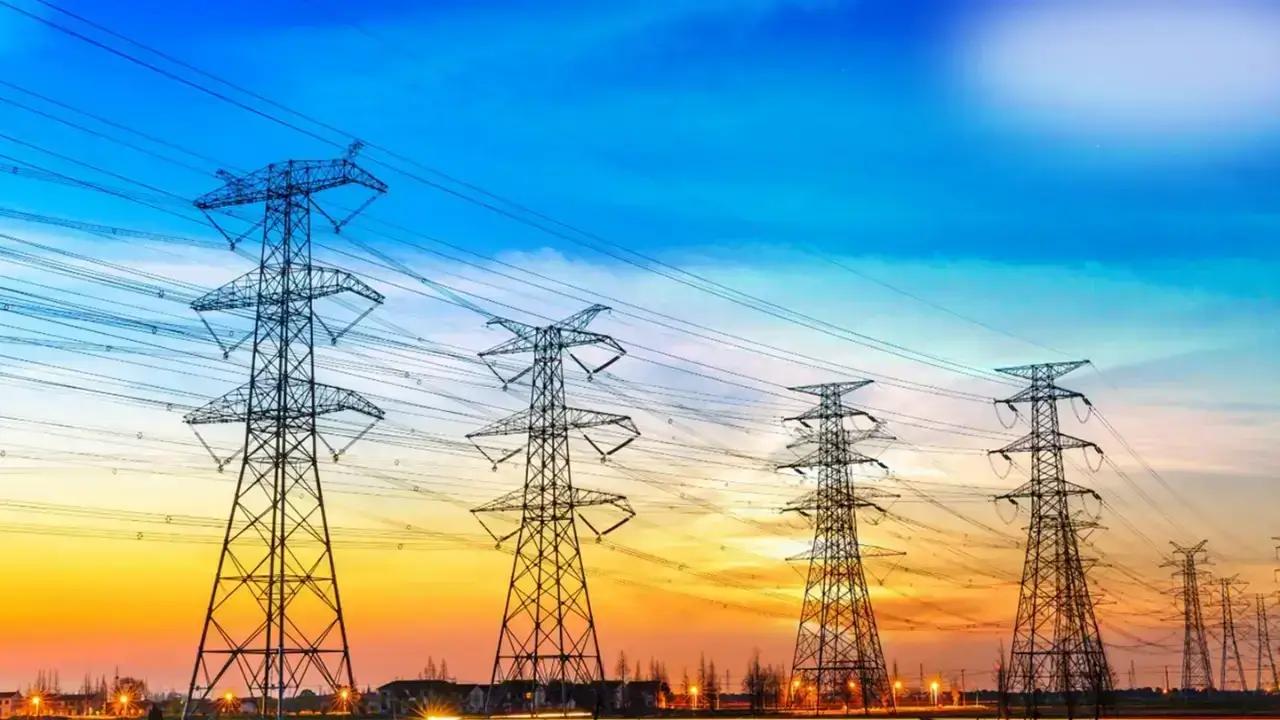
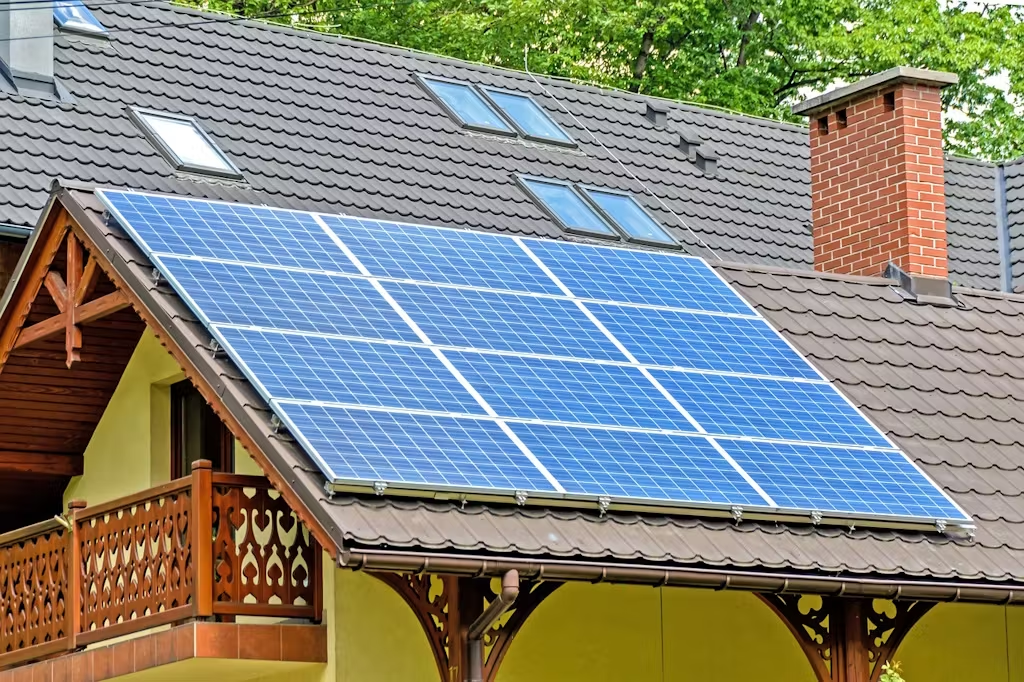
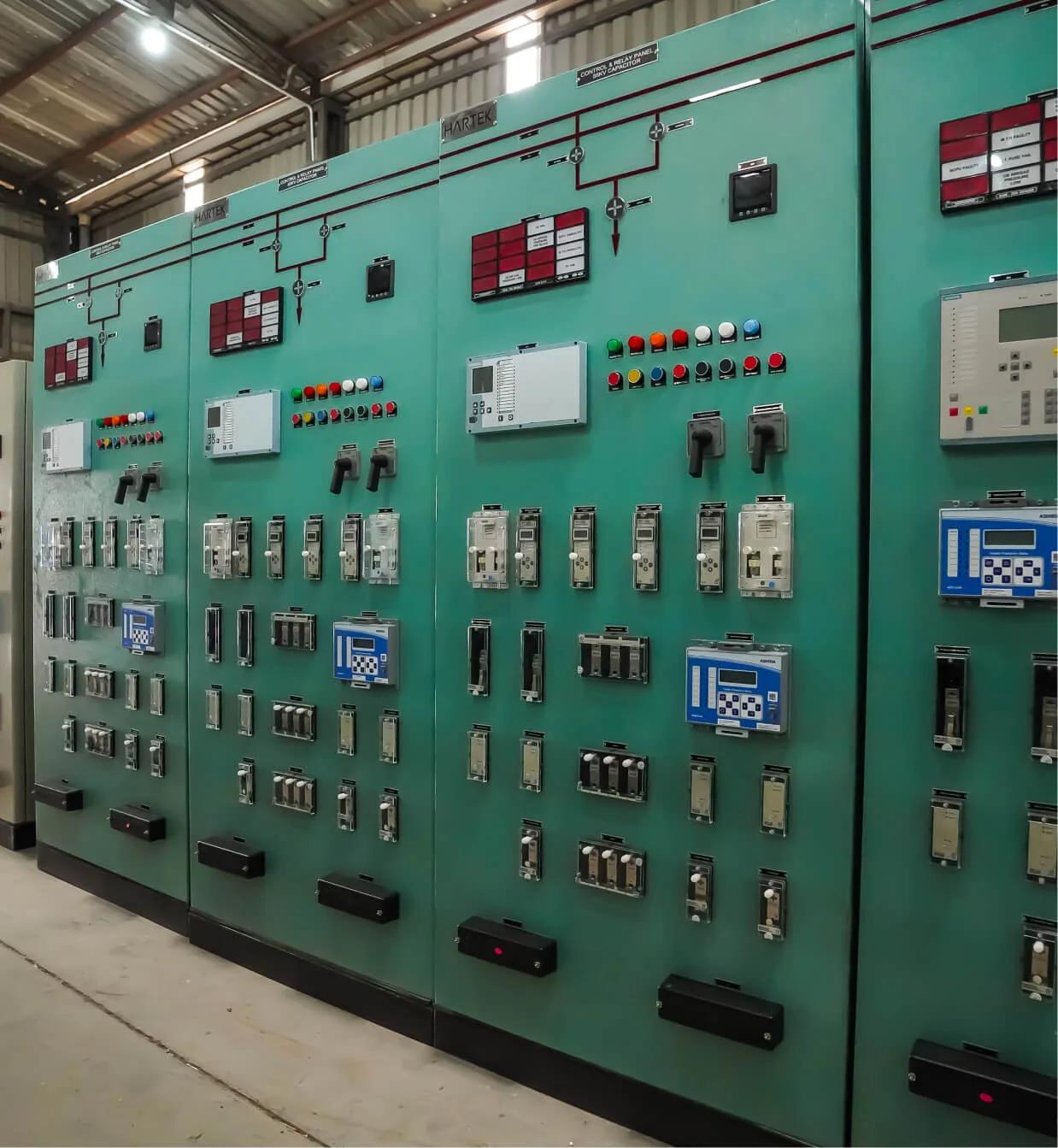
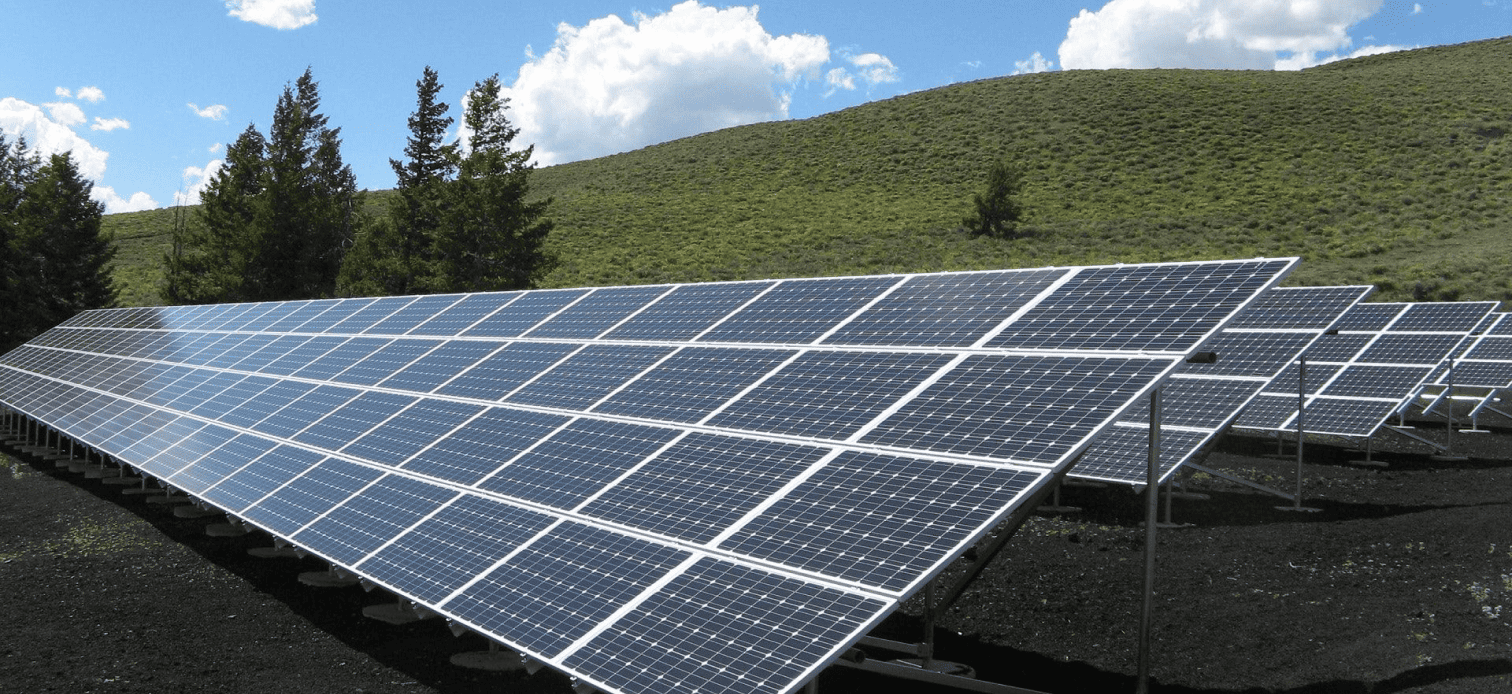




Write a comment ...